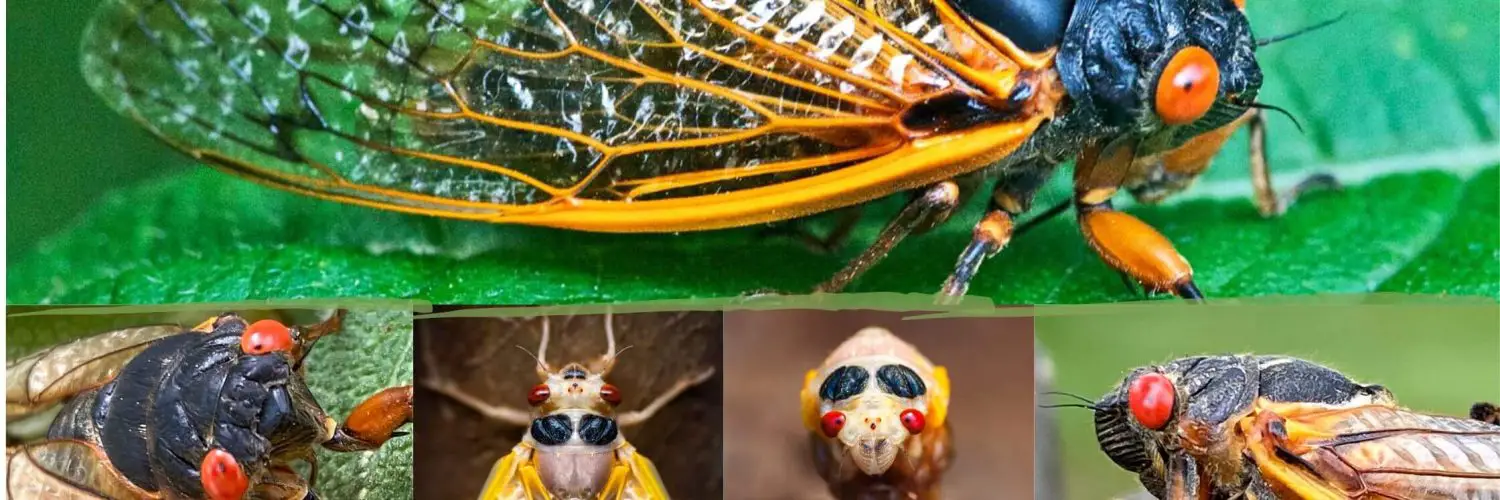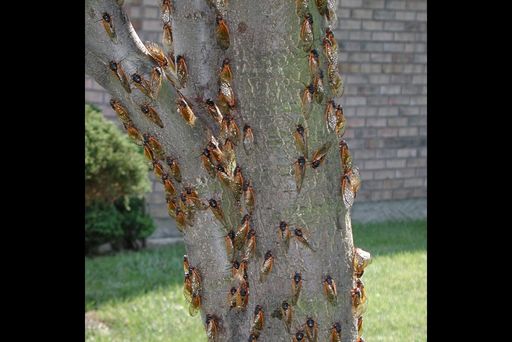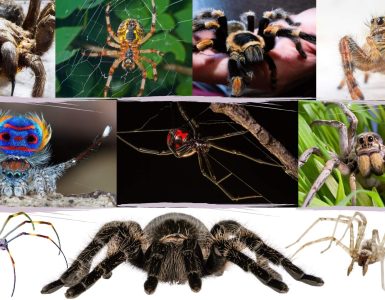If you have never heard of Brood X Cicada s all your life, do not worry. It is not your fault. These mysterious creatures have never made it easy for anyone to discover them without any hindrance. But now that they are finally coming out after 17 years of social distancing, we are happy to give you details about them and see them spread their wings.
Brood X Cicada are harmless insects that are generally visible during the summer season. They are mainly spread over U.S. regions and are even edible in many cases. You won’t believe that researchers have been tracking them ever since the 1800s. Although they weren’t able to find out enough about these insects earlier, most of them think that they will finally start showing up to the human eye. This year, researchers predict that the Cicadas will spread over 15 states in the country’s eastern half.



Brood X Cicada s are an interesting species unravelling to the ecosystem gradually
Researchers say that the rainy and cold weathers are when Cicadas begin to show up most prominently. It is their season. That is why now they may start showing up on your doorstep and plants as the time flies. Most of them may already be visible in Virginia, Maryland, and Georgia. If you want to know when these insects may start appearing near you, all you have to do is plant soil and check it using a thermometer. When the temperature hits 64 degrees Fahrenheit, it may be time for them to start evolving.
Once the Brood X Cicada come out of their tunnels, they spend a day or two trying to pump their wings and wait for their exoskeletons to harden. During this process, they transform from white to black, which is when the process becomes complete. This is when you can see them at their best. Since they haven’t learned to make flight properly during this time, they may be highly susceptible to predators. So, many of them may be consumed by predators after being exposed to the sun’s rays. On the other hand, those who survive wrap up themselves and leave their shells sticking to anything near them. After this period, you may see them mating with their female counterparts.
Their mating process is unique
When males want to indulge in courtship, they vibrate a specialized membrane on their abdomens that help make their signature buzzes. If the female feels attracted to what she hears, she will start flicking her wings which signals the male to dance closer. When the female lays her egg, the mating process comes to an end. Generally, it takes 6 to 10 weeks for the larvae to hatch and move towards the surface to start the whole cycle again.
They are potential singers that can help differentiate between their species
Apart from this, Cicadas are also potential singers. But the best part is that their singing can help you distinguish between their species properly. However, not everyone can differentiate between the sounds of the species correctly. Only an expert can do it properly without any hindrance. Most researchers think that Cicadas will start to make their proper U.S. emergence by 2024. But many people keep asking how do they count time? Well, during the initial days of their lives, they feed on roots. So, when the trees drop their leaves, they can probably tell it. After that, researchers believe that it might be the product of genetics and the environment that help them with the same.
Brood X Cicada s may soon make their official appearance in the U.S.
Many people also wonder how these insects fare during rainfall, stormy weather, and deforestation in the U.S. Although some of the brood species have gone extinct over time, there are common signs that significant others may be getting extinct as well. Consistent research is still going on upon the same, and people are trying to discover as much as they can about Brood X Cicada and their species.
As researchers are gradually developing research, they are bringing all of them straight to the public interested in learning more about these creatures. So, in the long run, you can expect to learn more about them in no time.



































